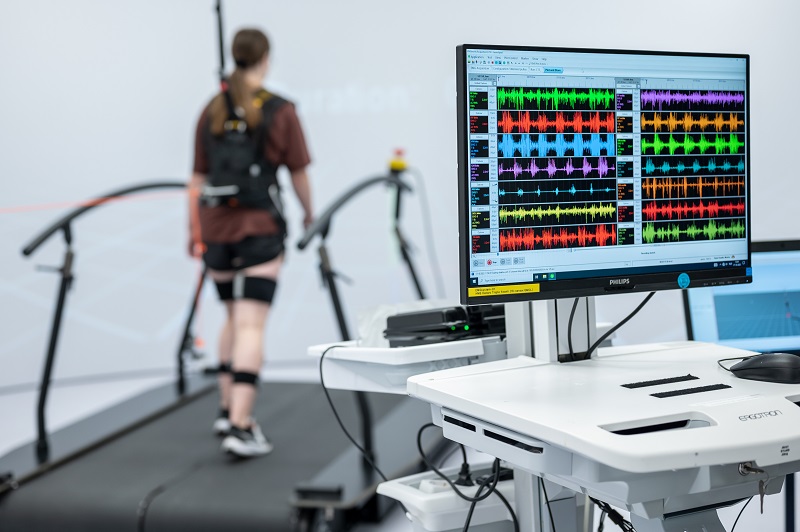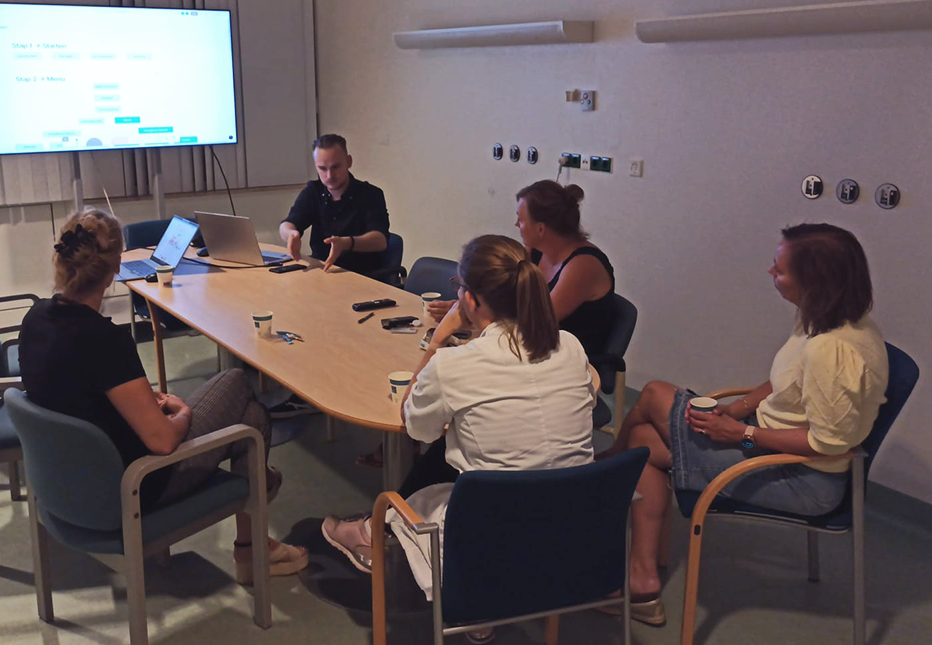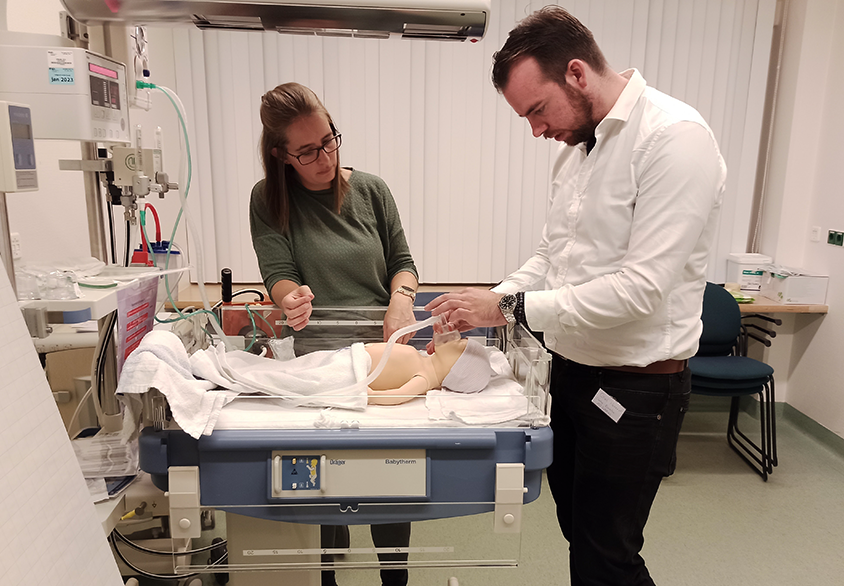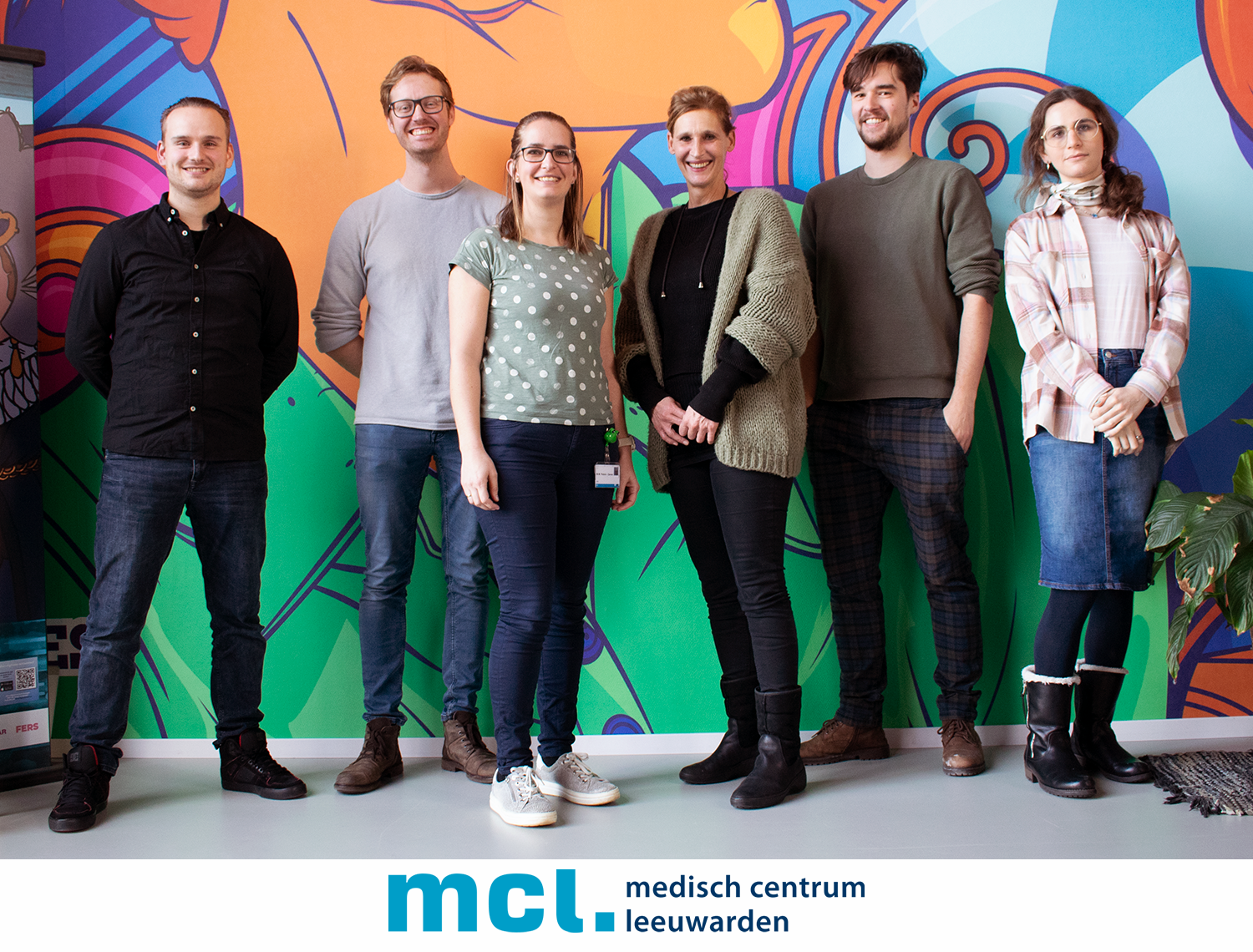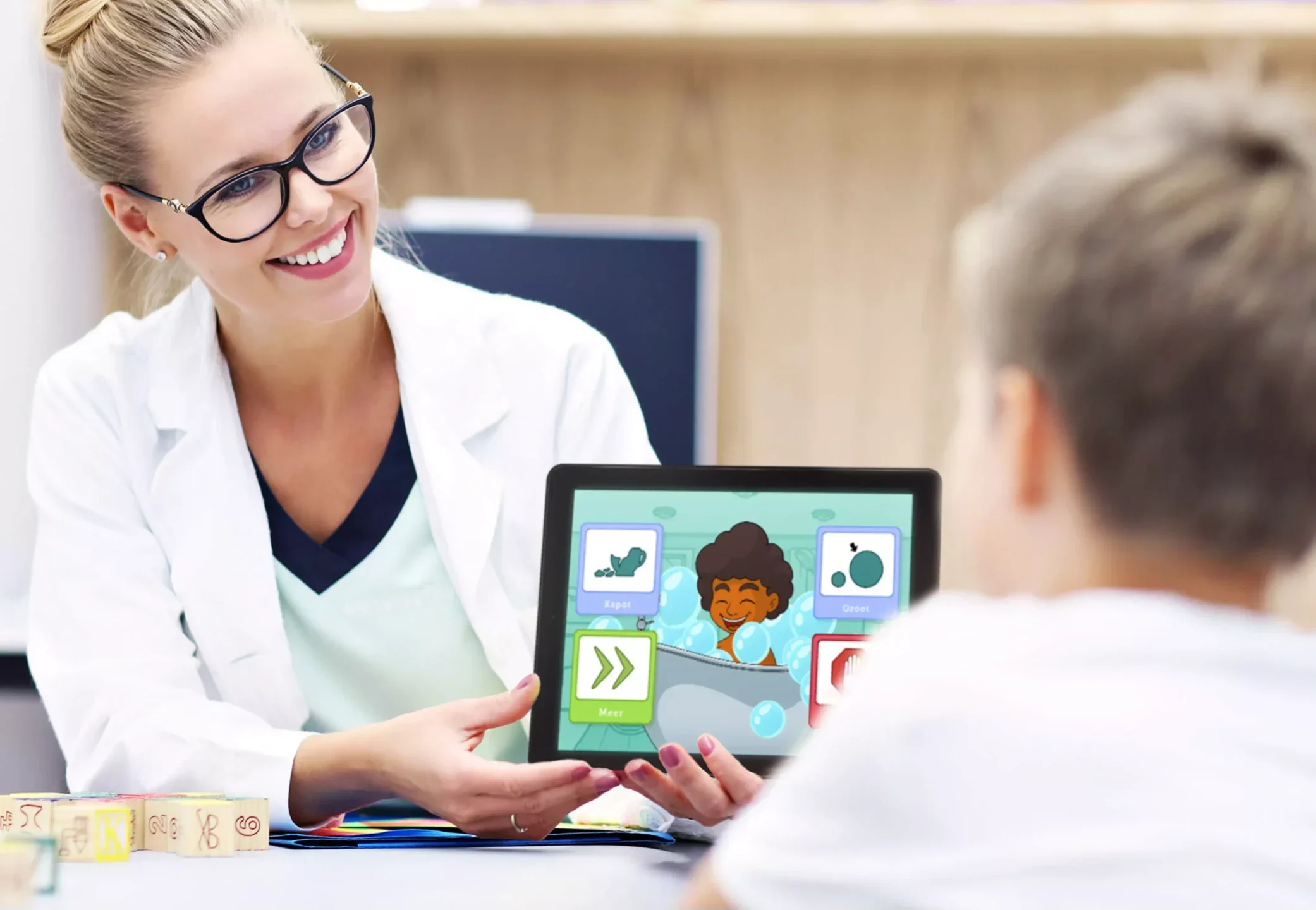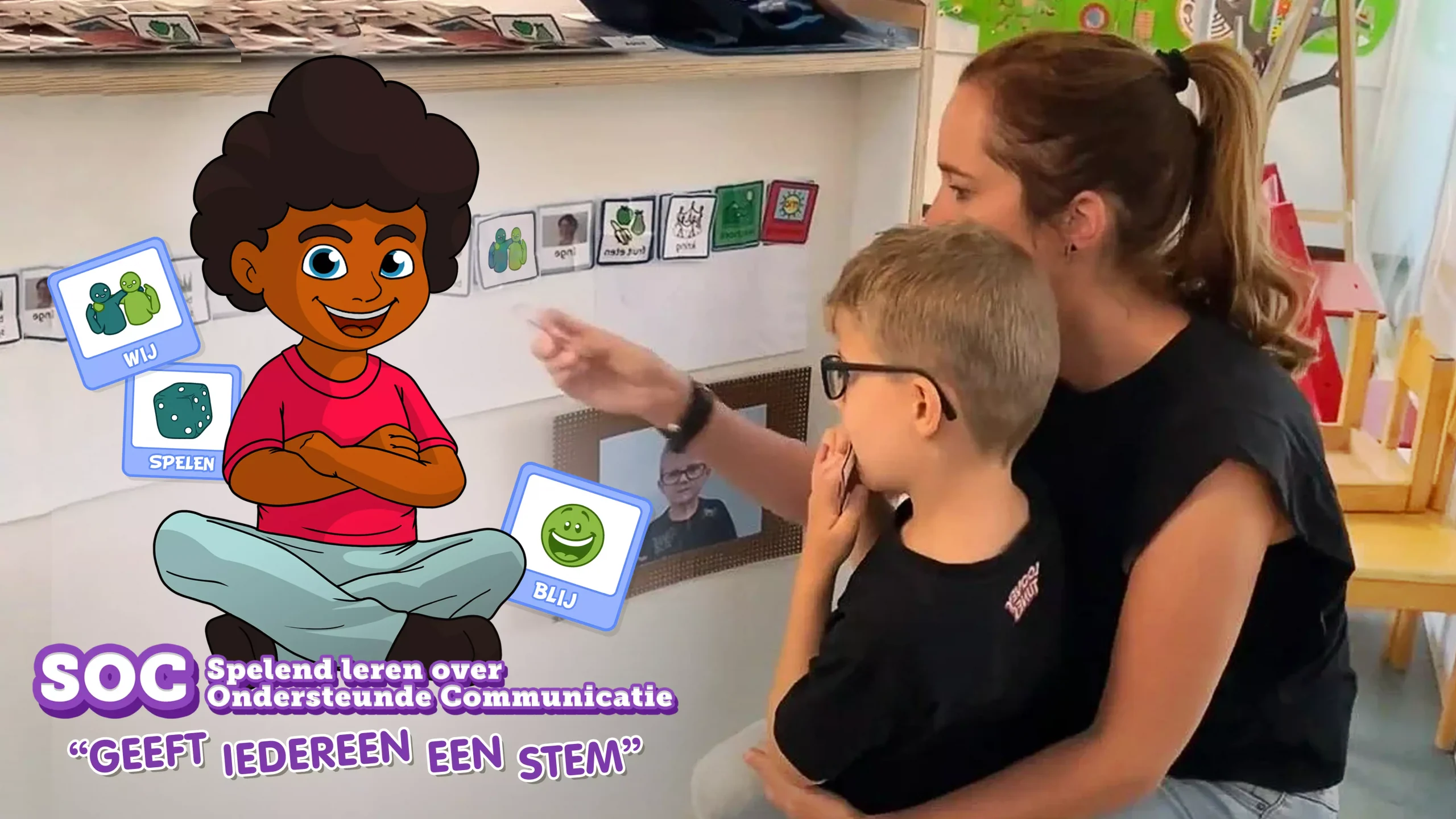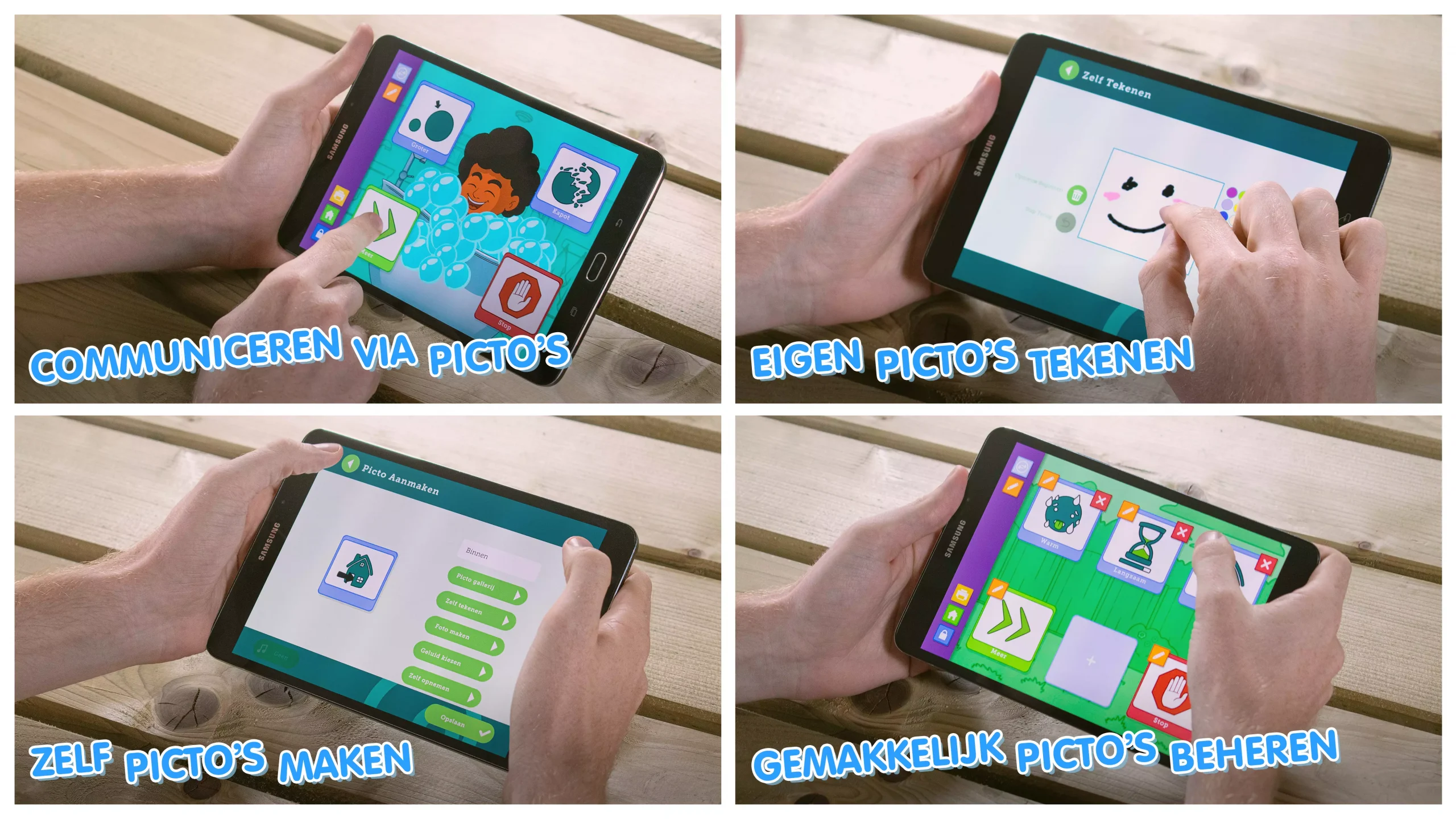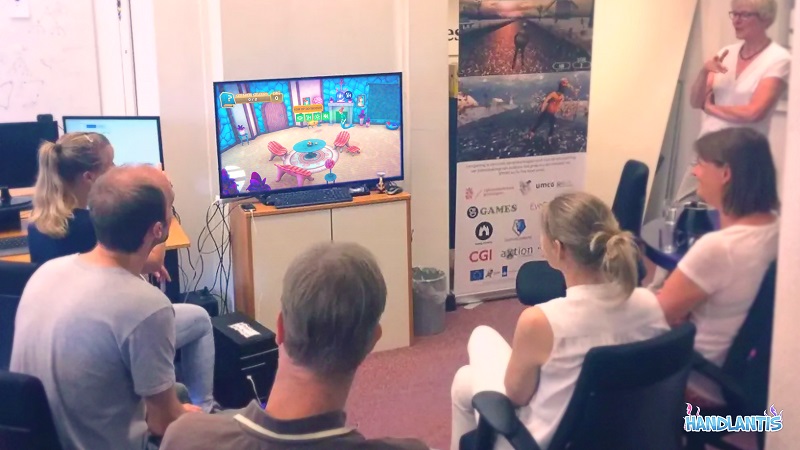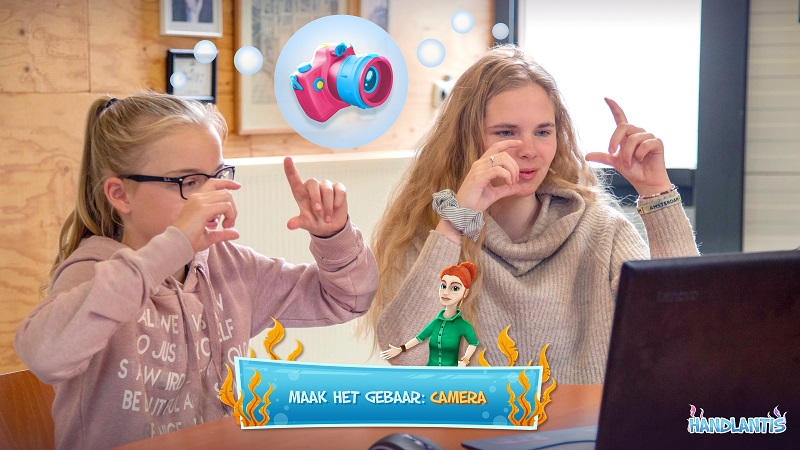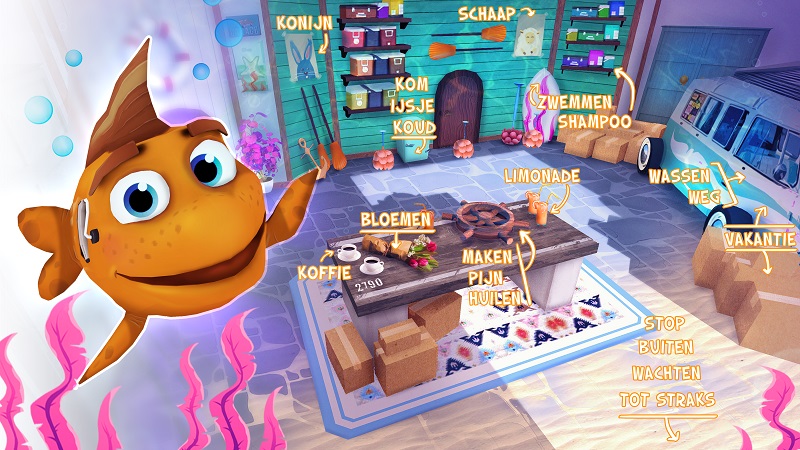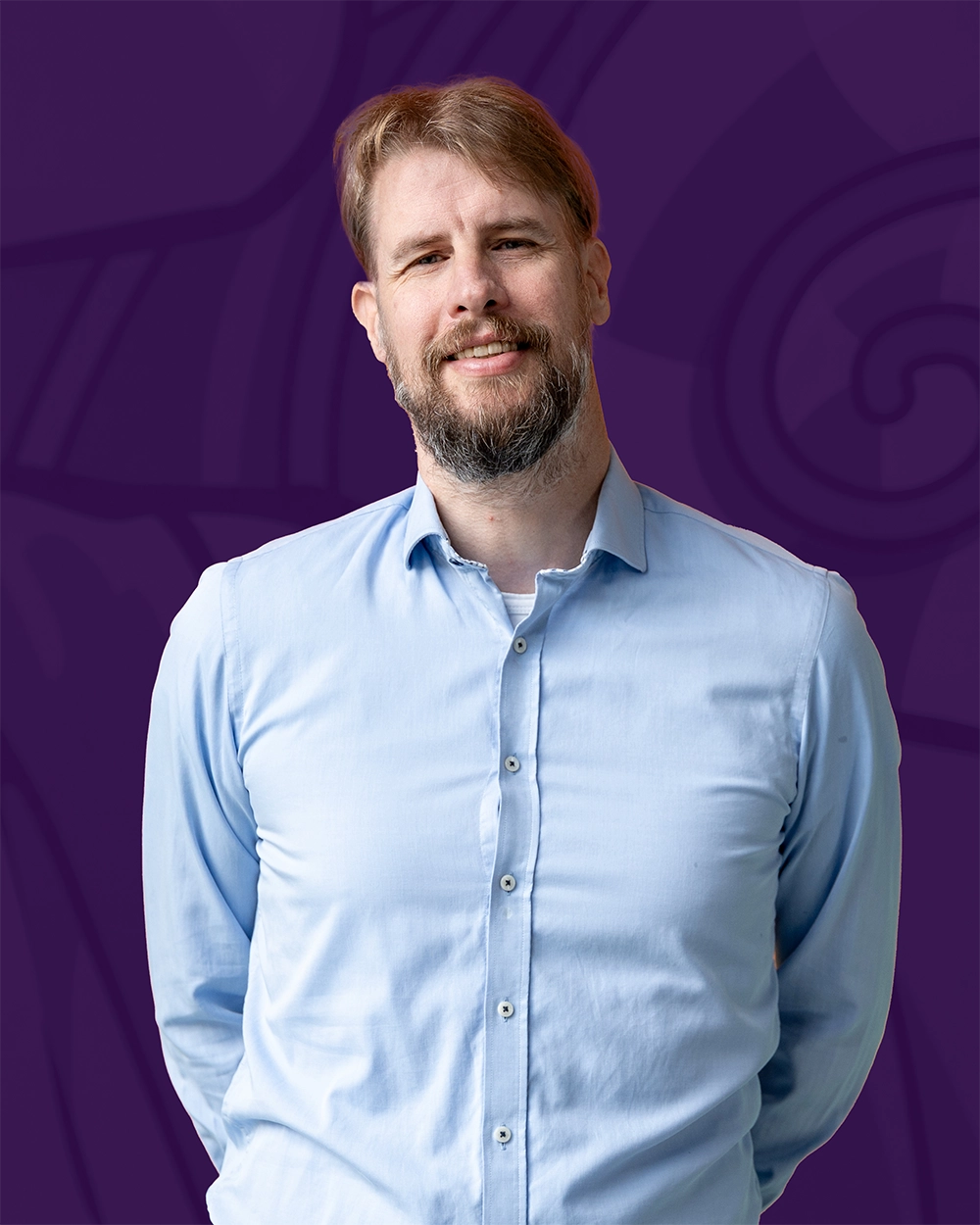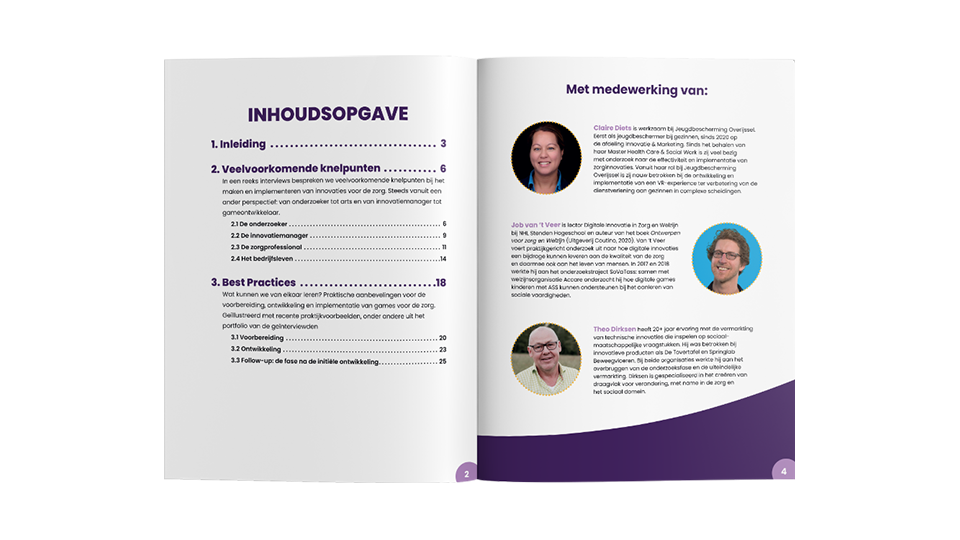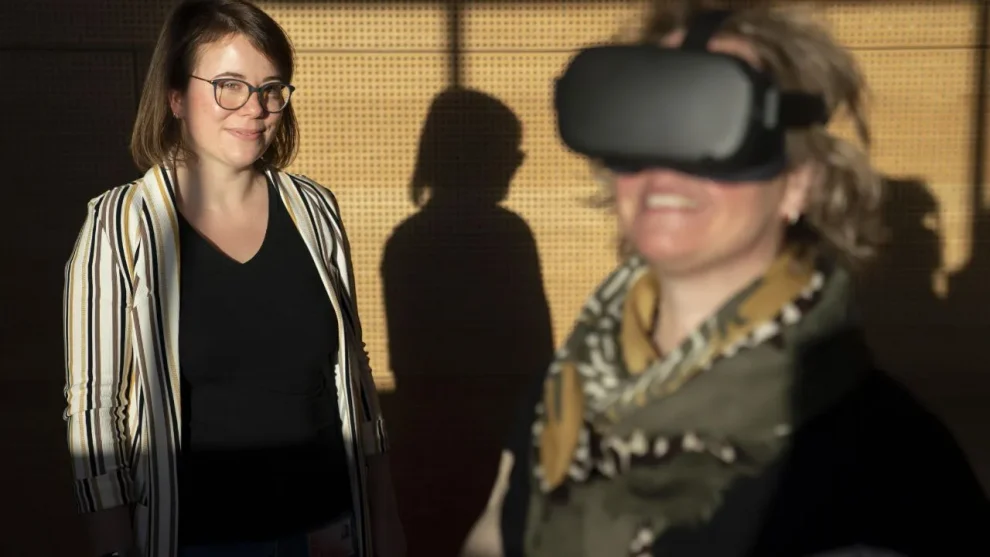If you work in healthcare, you will probably have come across the term “serious gaming” over the past few years. I can well imagine that you do not immediately have a concrete idea of what serious gaming exactly entails. Let alone what applications it has within your field. Maybe you even think: “Gaming, that’s something for children, right? How relevant is this to our practice?’ In this article, I will take you into the world of serious gaming within the healthcare sector. What exactly does it encompass? How can it be of value? What practical examples exist? The reason serious gaming is being used more and more in healthcare is that healthcare and games complement each other very well. Even better: games make healthcare better and cheaper. I would like to explain why on this page.
Narrated by: Maarten Stevens
What is serious gaming?
Games cleverly play on how people are put together. A practical example: I want to take my daughter to school and she has yet to empty her glass of milk. But that’s already taking 15 minutes and we are in danger of being late… I say to her, “I don’t think you can finish that glass in three sips. Then what happens? You guessed it: in two sips she finishes her milk. Why didn’t she succeed in 15 minutes and then suddenly she did in 10 seconds? That’s because I challenged her by saying: you can’t do that. It is very human to want to show that you can.
In games, you come across many such mechanics, from very simple to tremendously ingenious. If you finish the game and you finish second, some of the people will be balking. They think, ‘I want to get first, I’ll do it again!” It works the same way with rewards in games. Almost automatically, you will engage in behaviors that bring rewards within the game. For example, there are lots of game mechanics that we know motivate people.
If we consciously use these mechanics for serious goals in healthcare – such as increasing treatment adherence – magic happens: you help people learn, recover or change faster, more effectively and more enjoyably. And that during an activity that also makes people feel happy and positive, because people produce the substance dopamine while gaming. This substance makes you feel happy and satisfied. This is why many people like games so much.
Serious games versus entertainment games
What exactly is the difference between a serious game and an entertainment game? In an entertainment game, the main goal is to have fun, while a serious game’s main goal is to have the player learn something or exhibit desired behavior. Therefore, things like shooting will not easily occur in a serious game – unless, for example, you have a game in which military personnel can practice shooting skills. Then again, it would be a serious game. Fun and learning are not mutually exclusive: a serious game is absolutely fun and entertaining. That is precisely why these types of games are so effective!
My first serious game I played around 1985 was a topography game in which you had to fly a helicopter to different places on the map. This is how I learned where Warsaw is located. An active and fun way of learning that I have applied many times in my working life, including within my work as a therapist in the mental health system. Precisely because of this, I quickly saw the potential of serious gaming in healthcare, both in terms of prevention and treatment. I thought to myself, ‘Why do we actually stop learning through play after elementary school?’ I wanted to change that, especially for the healthcare sector. By now, 8D Games – the company I founded in 2013 – has been around for ten years and we have quite a portfolio of serious games for healthcare. In the following paragraphs I would like to give you a glimpse of that, so you can better assess in which areas a serious game can add something to your work practice.
Examples serious gaming in healthcare
Below are three practical examples from 8D. Each of them clearly shows the added value of games in healthcare: for patients, for relatives and for professionals. All with their own purpose and customized.

